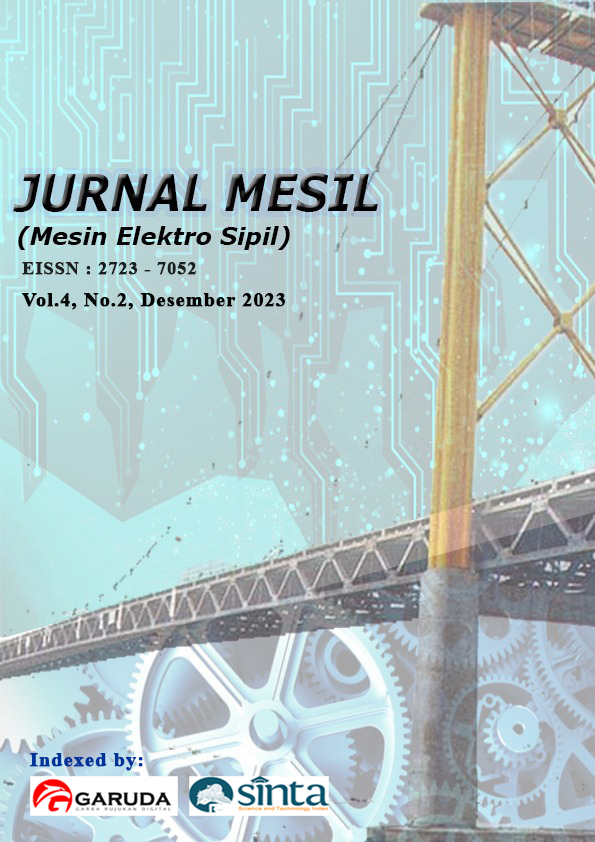Pengaruh Waktu Karbonisasi Pada Proses Pembuatan Briket Pelepah Dan Tandan Kosong Kelapa Sawit Dengan Perekat Tepung Tapioka
DOI:
https://doi.org/10.53695/jm.v4i2.1020Abstract
Oil palm plantations produce agricultural waste that has no economic value without further processing. This can be avoided by using empty fruit bunches and palm fronds into briquettes. Briquettes are solid fuel that can be used as an alternative energy source. In this study, empty bunches and coconut fronds were used as raw materials and tapioca flour as an adhesive in making briquettes, with variables of carbonization time and adhesive content and the Completely Randomized Design (CRD) method. Characteristic analysis of briquettes was carried out, such as data on water content, ash content, density, compressive strength and burning rate. Based on research, the highest water content in briquettes with a carbonization time of 2.5 hours for 8% adhesive was 9%, while the lowest in briquettes with a carbonization time of 2 hours for 8% adhesive was 6.4%. The highest density in briquettes with a carbonization time of 2.5 hours and 3 hours with 10% adhesive is 0.57 gr/cm3 while the lowest was in briquettes with a carbonization time of 2 hours and 2.5 hours with 6% adhesive, namely 0.52 gr/cm3. The highest compressive strength was in briquettes with a carbonization time of 3 hours with 10% adhesive of 16.46 kg/cm2 while the lowest was for briquettes with a carbonization time of 2 hours with 6% adhesive at 11.22 kg/cm2. The highest burning rate was in 2 hour carbonization time briquettes with 6% adhesive at 0.23 g/minute while the lowest was in 3 hour carbonization time briquettes with 10% tapioca adhesive at 0.11 g/minute.Downloads
Downloads
Published
How to Cite
Issue
Section
License

This work is licensed under a Creative Commons Attribution-ShareAlike 4.0 International License.
This is an open-access journal. All works published under Creative Commons license CC-BY-SA which mean that all content is freely available at no charge to the user or his/her Institution. User are allowed to read, download, copy, write, improve, and create derivative creation even for other lawful purposes, this license permits anyone to, as long as they cite and license the derivative creation under similar terms

Jurnal Mesil (Mesin Elektro Sipil) is licensed under a Creative Commons Attribution-ShareAlike 4.0 International License.



